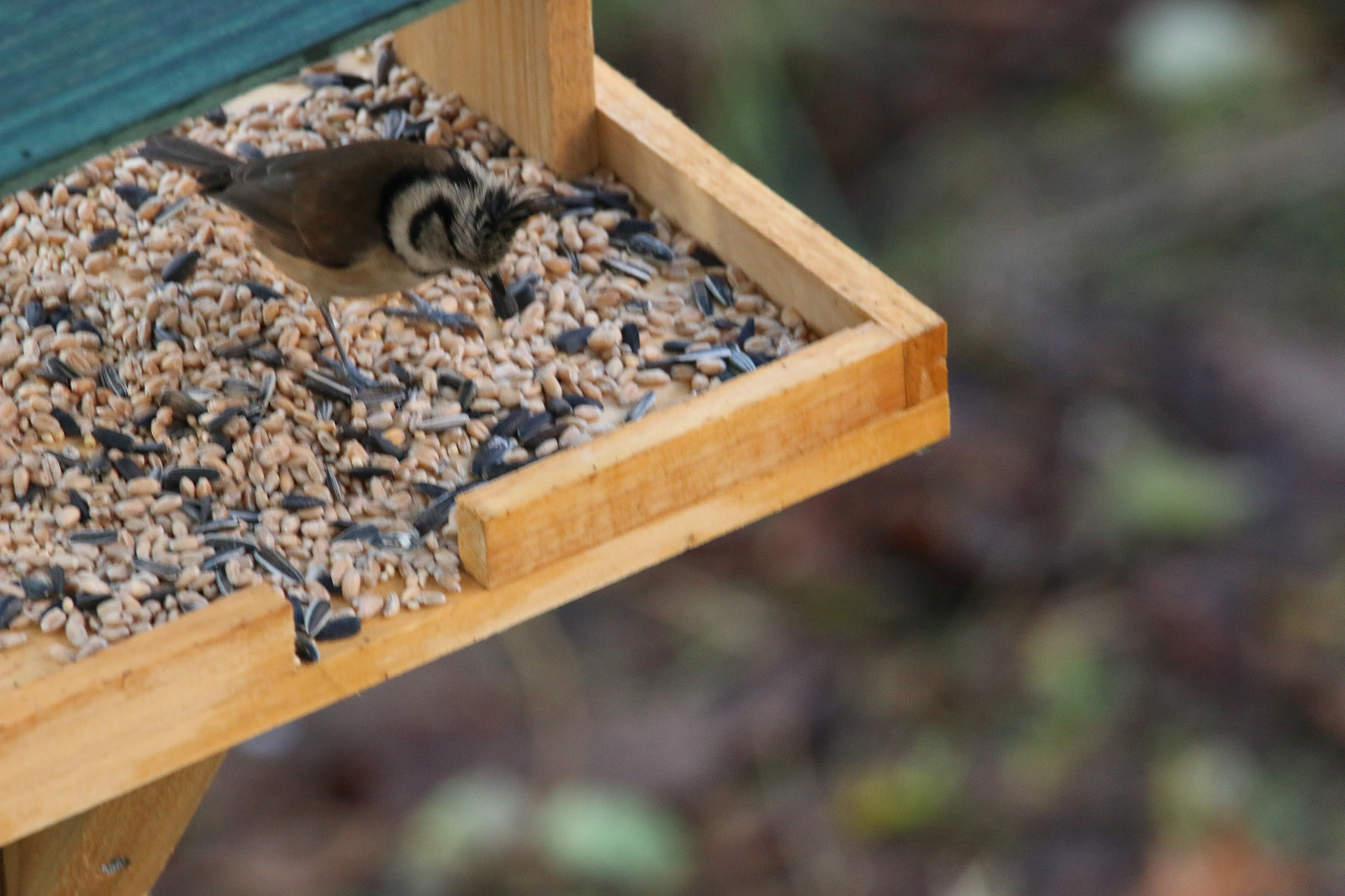
The image of the goat in the roundel, scratching his head with his hind leg, is not related to the attributes given in the text which describe him living in high mountains.

The monoceros has the head of a stag, the tail of a boar, elephant’s feet and a horse’s body. A horn four feet long projects from his head. This creature was derived from the Indian rhinoceros.
Text Translation:
Of the goat There is an animal called in Latin caper, goat, because it chooses, capere, to live in rugged places; some call it capra from crepita, ‘a rustling noise’. These are the tame goats which the Greeks called dorcas, gazelle, because they have very sharp sight. They live in high mountains and can tell if men approaching a long way off are hunters or travellers. In the same way, our Lord Jesus Christ loves high mountains, that is, the prophets and Apostles, as it says in the Song of Songs: ‘Behold, my beloved cometh leaping upon the mountains, skipping upon the hills (see Song of Solomon, 2:8). As a goat grazes in the valleys, our Lord grazes on the church; the good works of Christian people are the food of him who said: ‘For I was an hungred, and ye gave me meat; I was thirsty, and ye gave me drink.’ (Matthew, 25:35) By the valleys of the mountains are understood the churches spread through different regions, as it says in the Song of Songs: ‘My beloved is like a roe or young hart.’ (Song of Solomon, 2:9) The fact that the goat has very sharp eyesight, sees everything and recognises things from a long way off, signifies our Lord, who is the lord of all knowing and God. And elsewhere it is written: ‘Though the Lord be high yet hath he respect unto the lowly but the proud he knoweth afar off.’ (Psalms, 138:6) He created and established all things, and rules and judges and sees; and before anything arises in our hearts he foresees and understands it.
Lastly, just as the goat perceives from afar hunters approaching, so Christ knew in advance the plot of his betrayer, saying: ‘Behold, he is at hand that doth betray me.’ (Matthew, 26:46) Of the wild goat The goat has these characteristics: when grazing, it moves from high to even higher pastures. It picks out good grass from bad by the sharpness of its eyes. It feeds by chewing the grass. When wounded, it hurries to find the herb dittany and, by touching it, is healed. In the same way, good preachers graze on the law of the Lord and take delight in good works as in good pastures, rising from one virtue to another. They choose good writings from bad with the eyes of the heart and meditate upon those they have chosen, that is they examine the good in the views expressed and, having pondered them, commit them to memory. Wounded by sin, they hurry back to Christ by confessing and are quickly healed. For this reason, Christ is rightly said to be like ditanny. For as dittany drives out iron from a wound and heals it, so Christ through confession casts out the devil and pardons sin.
Of the monocerus The monoceros is a monster with a horrible bellow, the body of a horse, the feet of an elephant and a tail very like that of a deer. A magnificent, marvellous horn projects from the middle of its forehead, four feet in length, so sharp that whatever it strikes is easily pierced with the blow. No living monoceros has ever come into man’s hands, and while it can be killed, it cannot be captured.
Note: The monocerus was not always considered to be separate and distinct from a unicorn. Some works hold them to be the same beast; others hold them as separate beasts.























